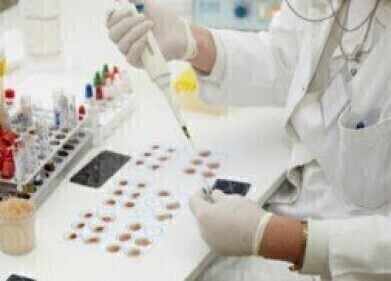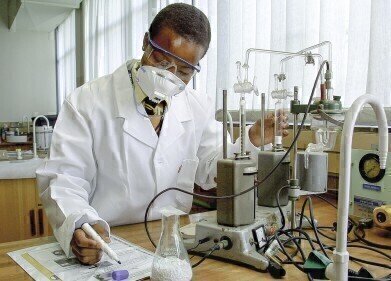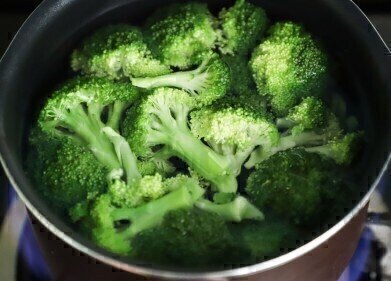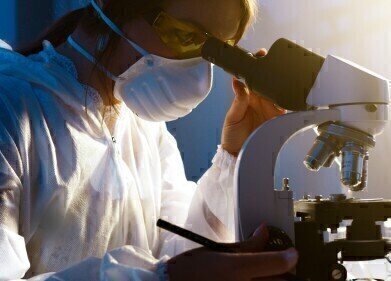Help Desk
Can the Silica’s Chemical Properties Affect Chromatography?
Apr 06 2018
Silica, silicon dioxide (SiO2), is a compound found all over the Earth and used numerous applications, including chromatography. A recent news item in The Current, a newsletter from the University of California, Santa Barbara suggests that even though it is almost ubiquitous, there is still more to learn about silica and this could help make chromatography even better than it already is.
It is just glass really
Silica is made from oxygen and silicon, two of the most abundant elements in the Earth’s crust and is itself the most abundant compound in the Earth’s crust at approximately 59%. Silica is also the main constituent of more than 95% of the rocks on Earth. It is found in quartz, in animals and in sand. Perhaps it is most widely known as the starting point in glass manufacture. At its most basic, silica dioxide is simply heated above its glass transition temperature of 1475 K, and then rapidly cooled. It forms solid glass rather than crystalline silicon dioxide because of the arrangement and connection of the tetrahedral units of silicon dioxide after heating and cooling.
However, while most people know what glass is, what they perhaps don’t appreciate is that glass and silica are complex materials that are used in many different applications. Ceramics, silicones, and building materials are common uses of silica. But it is also one of the most important components used in chromatography — as a packing material in columns.
What’s on the surface?
The team in California were interested in the surface interactions between silica and water — a surprisingly little studied area. As Songi Han, a chemistry professor at the UC Santa Barbara said in the article: ‘The way water interacts with a surface affects many processes’. She explained that for many silica uses, scientists and engineers must almost guess the interactions between silica and water. In the article, grad student Alex Schrader said: ‘Glass is a material we’re all familiar with, but what many people probably don’t know is that it is what we would call a chemically heterogeneous surface.’
Understanding the topology of the silica surface could affect the design of processes and equipment — including columns. The difference that chemistry can make to column choice is discussed in the article, The Use of Derivatising Reagents.
Dynamics of interaction
The team at Santa Barbara used the ‘tunable’ surface chemistry to investigate the properties of surface-bound water. This has the potential to impact surface reactions, adhesion of molecules and the colloidal interactions on the surface of the silica. There are two main silica-based groups that are found on glass surfaces. Silanol groups — Si-O-H — groups are hydrophilic, or water-loving, and siloxane — Si-O-Si — groups which are usually water repellent. They report that how these two groups are arranged greatly impacts the chemistry of the surface, something that affects chromatography a great deal.
Digital Edition
Chromatography Today - Buyers' Guide 2022
October 2023
In This Edition Modern & Practical Applications - Accelerating ADC Development with Mass Spectrometry - Implementing High-Resolution Ion Mobility into Peptide Mapping Workflows Chromatogr...
View all digital editions
Events
ACS National Meeting - Fall 2024
Aug 18 2024 Denver, CO, USA
Sep 04 2024 Chiba, Tokyo, Japan
Sep 04 2024 University of Warwick, Coventry, UK
Sep 10 2024 Rockville, MD, USA
Plastics Recycling World Expo Europe
Sep 11 2024 Brussels, Belgium














